The countdown is so exciting! Soon we will have a new shrine
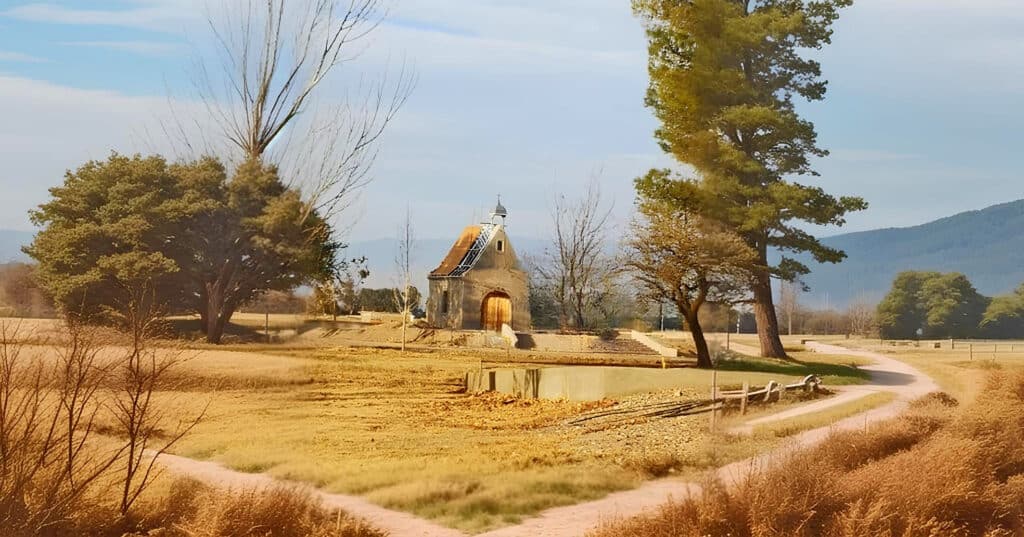
The longed-for September 15th, 2024, is almost here! The San Juan Shrine will be blessed – Shrine of Mary, miracle of Your Providence.
First Schoenstatt Father from Mendoza, Argentina, ordained a priest
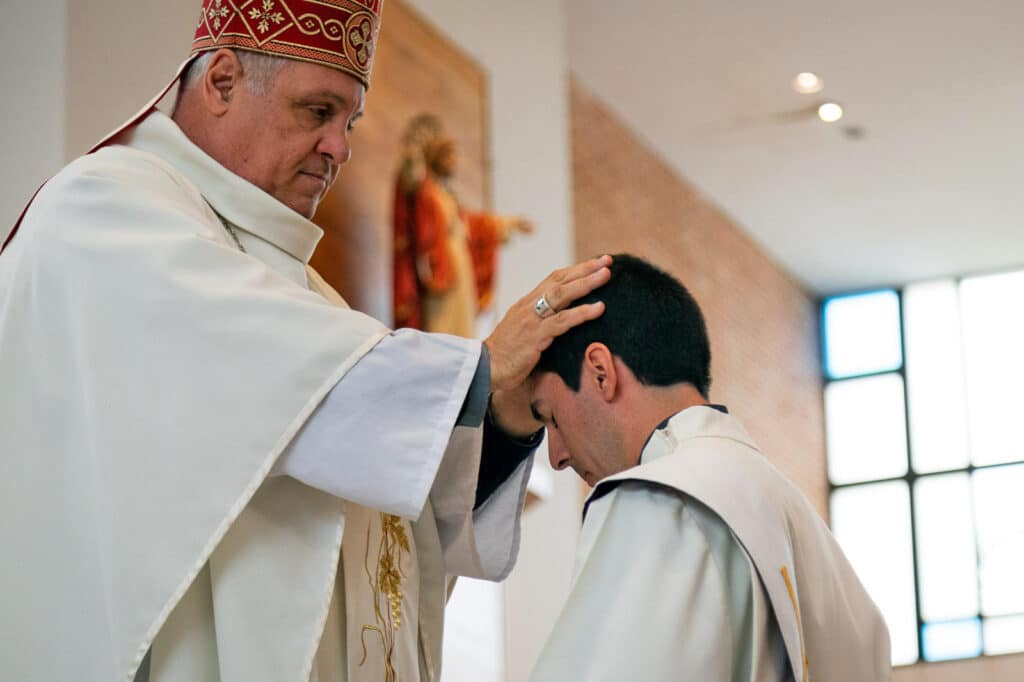
A moment of great joy for the Schoenstatt Family of Cuyo and the Schoenstatt Fathers
Argentina: 670 young people set out on mission
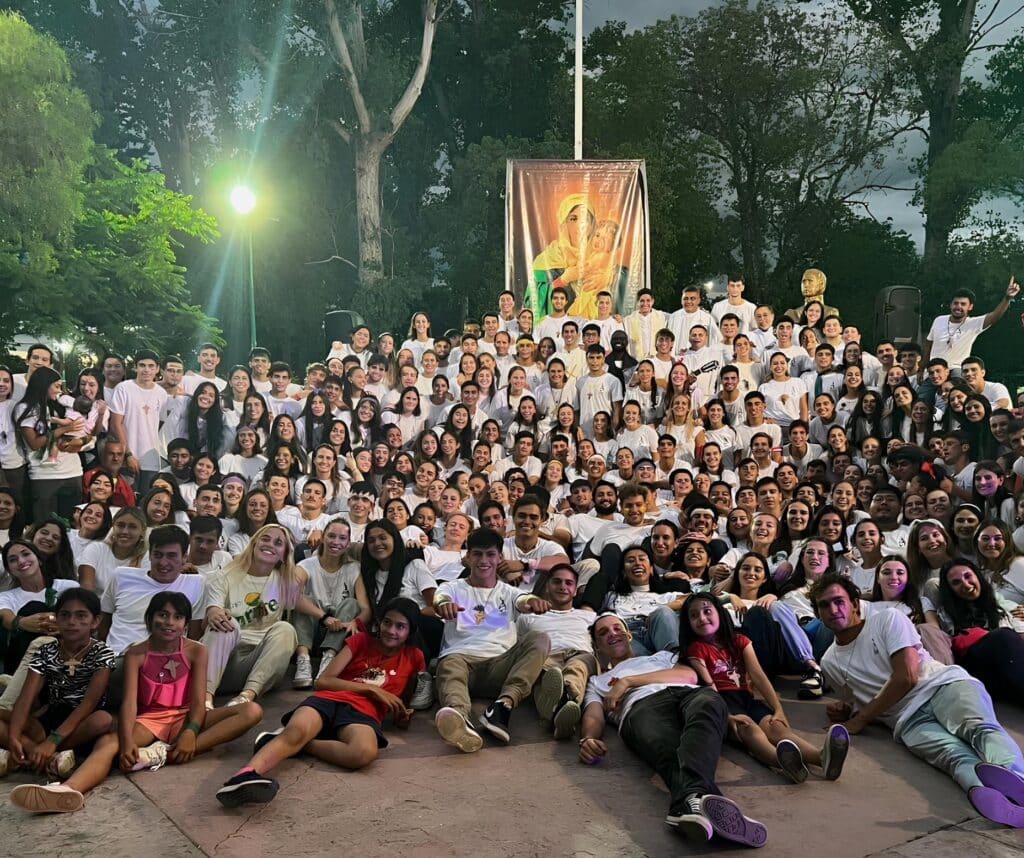
The youth are not standing still. 670 youth are missionaries of joy and hope in Argentina. Summer vacations are transformed into special moments of commitment and love during the missions, which take place simultaneously in different parts of the country, and in different projects.
A new Schoenstatt Father: Fr. Lucas Chiappe ordained priest in Argentina
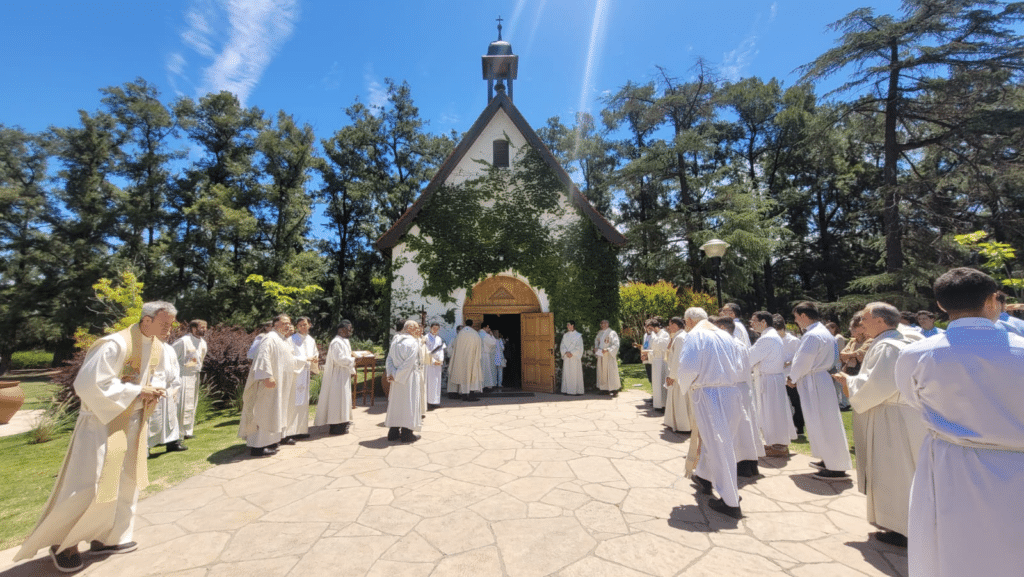
Under the motto “Abide in my love” (Jn. 15:9), Father Lucas Chiappe received his ordination from the Bishop of Quilmes, Mons. Carlos Tissera, who encouraged him to “unceasingly communicate God in the Word, the Eucharist and in his presence.
The Belgrano Shrine in Buenos Aires, Argentina, celebrates its 60th anniversary

“Heart of the City” of Buenos Aires, Argentina, the Shrine of Belgrano – Mary’s Tabor – is 60 years old. “From the Shrine we want to courageously proclaim Mary’s name,” says the Schoenstatt Family. The article relates the history of Father Kentenich’s visit to the place where the Shrine is located today.
A new glimmer of light in Villa Devoto
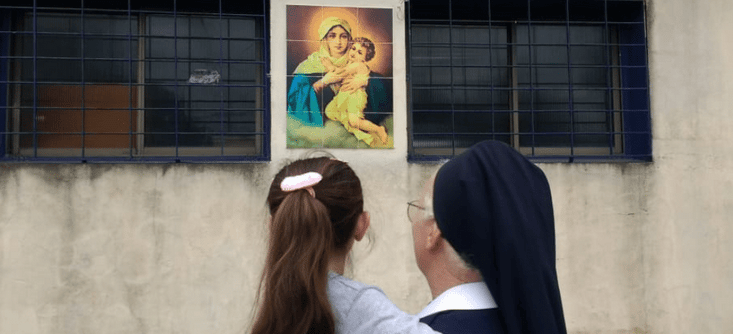
For several years now, the San Rafael Parish of Villa Devoto has been celebrating Mass in a street corner of the neighborhood for the Novena of its Patron Saint. Nothing spectacular: a crossing of streets, a small house with an open door, a neighbor who provides a small table and a tablecloth, another one who places some stools… But isn’t it often the smallest thing, the most insignificant, the source of the greatest thing?
70 years since the first Schoenstatt Shrine in Argentina, and the Pope did not want to miss it!
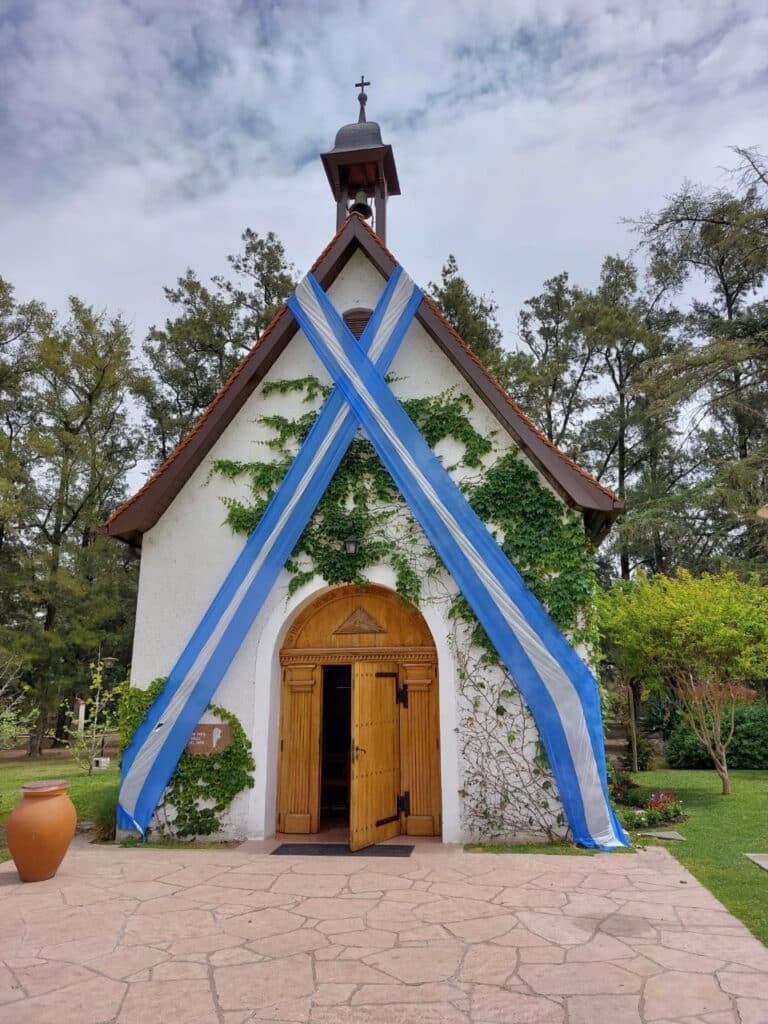
Schoenstatt in Argentina is celebrating its 70th anniversary of the blessing of its first Schoenstatt Shrine, which is now a national shrine, blessed in 1952 by Father Kentenich. Under the motto “Mother, descend, remain with us”, there will be 10 days of inner growth and celebrations, with two bishops, a batucada, a band, a pilgrimage, The Father’s Pathway and…. unbelievable! a personal greeting from Pope Francis!
What does Trinitarian Assistance mean?
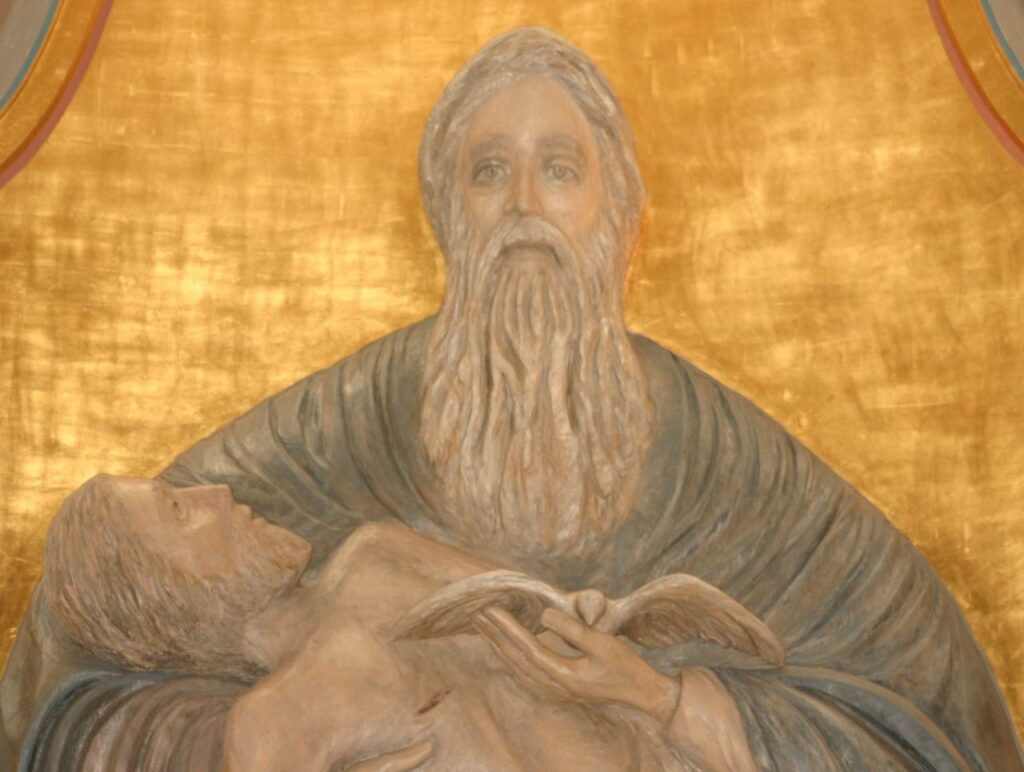
In this month of August 2022, we celebrate the 75th anniversary of the establishment of the Trinitarian Assistance by Father Joseph Kentenich in South America. What does this mean?
